An Italy Answered Interview for Italian Heritage Month in Canada
For Italian Heritage Month in Canada, Live in Italy Magazine celebrates Italian Canadian contributions by spotlighting Mirko D’Agata and Pizzeria No. 900. Originally from Turin with Sicilian roots, Chef Mirko now lives in Montreal where his passion for fermentation and artisanal pizza has transformed the dining scene. Known as the world’s best pizzaiolo, he leads the expansion of No. 900, a pizzeria chain rooted in authentic Neapolitan tradition and education.
Mirko’s deep passion for his craft and his dedication to educating the next generation of pizzaioli truly stood out. I left our chat inspired—and hungry.
Listen to the full version of our interview on “Italy Answered,” Live in Italy Magazine’s podcast.
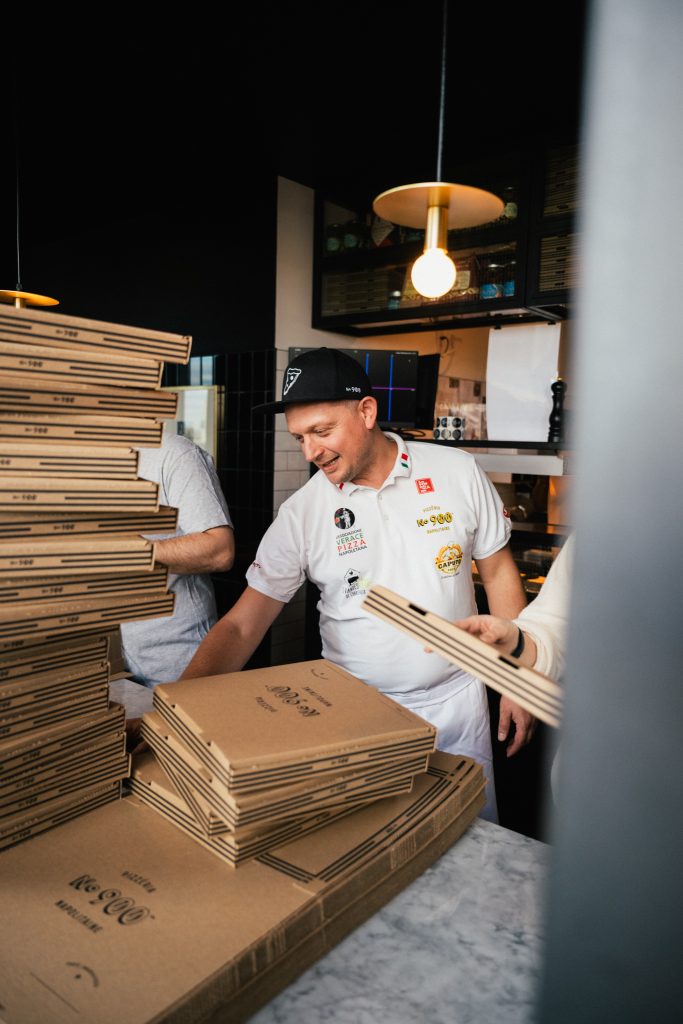
(1:42) Where were you born and raised?
I was born and raised in Turin, or Torino, in the northwest of Italy, in the region of Piemonte. It’s known for wines and chocolate. My parents are from Sicily and moved to Piemonte for work. They worked at Fiat, the car company. My brother and I were both born there.
(2:38) What’s your first food memory?
One I’ll never forget is from my first pizzeria job. The owner used to make the dough but wouldn’t let me see how much yeast he added. He’d literally ask me to turn around and look outside while he did it! I worked there for two and a half years and never saw the recipe. I always say that if we share knowledge, we all grow.
Today I share everything. Recipes are meant to be shared. But recipe and technique are not the same. Without knowledge, you can’t do much with a recipe.
“If we share our knowledge, everybody grows.”
(5:09) What family food tradition stands out to you?
Arancini with my father. He was from Catania, where arancini are cone-shaped to honor Mount Etna. Palermo makes round ones—there it’s “arancina,” but in Catania, it’s “arancino.”
The process took hours: risotto, meat sauce, cheese, batter, breadcrumbs. My brother and I had different jobs, and my mom did the frying. It was a Sunday tradition, and one I still love.
Still today, I don’t know how many arancini I can eat. I cannot stop. I just love them.
[Read more about the history and regional differences in arancini here.](8:46) When did you realize pizza was your passion?
As a kid, I’d go with my dad on Fridays to a nearby pizzeria. He’d sit me in front of the pizza station. I was mesmerized by the fire and the movements—it’s like a dance.
At 15, I got a summer job in a pizzeria. The moment I touched the dough, I fell in love. It started there, and I never stopped. I read everything I could on fermentation and baking—still do.
“Still today I’m amazed by the fire inside the oven and the smell of the wood… the dance that the pizzaioli has in the pizzeria.” The moment I touched the dough, I fell in love. It started there, and I never stopped. Today, I still read plenty of books because you never stop learning.”
(11:48) Can you explain AVPN and your connection to it?
Sure. AVPN stands for Associazione Verace Pizza Napoletana (AVPN). It protects traditional Neapolitan pizza methods. I became certified in 2011 and later trained to teach AVPN courses in Canada. I believe in the tradition—400 years of history. The flour might be more refined now, but we cook and handle the dough and fermentation the same way. It’s a tradition that I respect, love, and want to share with new pizzaioli.
(13:34) What brought you to Canada?
In 2010, I was in Bra, in Piemont where the Slow Food movement began. I worked in a pizzeria and trained at night in a bakery with Gianfranco Faulella. I knocked on his door and said, “I want to learn. Don’t pay me.” He said, “Start tomorrow.”
So I worked pizzeria shifts during the day and bakery shifts at night, sleeping only a few hours. But it was worth it. It taught me a deep respect for bakers and fermentation.
While there, I met David Zacardi, now a top chef in Montreal. He invited me to visit, and I came on a work/tourism visa. I started at Bottega and became head pizzaiolo fast.
(17:34) How did you get involved with No. 900?
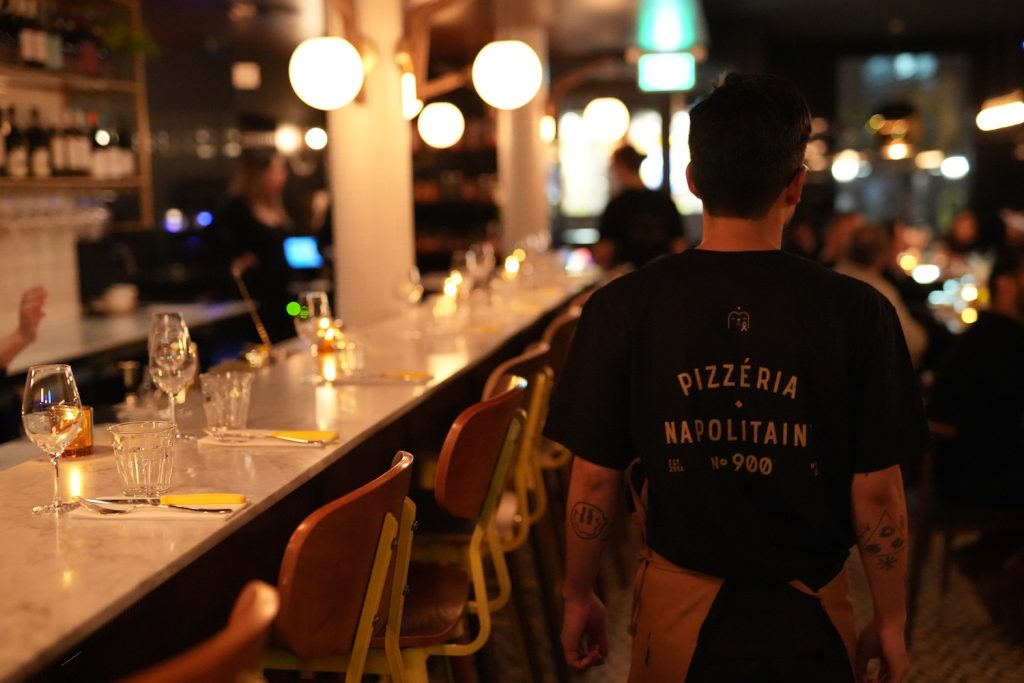
I joined in 2016 to open their fifth location. Co-founder Alexandre Brunet wanted to bring authentic Neapolitan pizza to Montreal—not the thick, cheesy North American kind, but the real thing. And to restore respect for pizzaioli as artisans.
We use local ingredients whenever we can. For example, our cold cuts are now made in Quebec from recipes I helped develop. But for flour, tomatoes, balsamic vinegar, or whatever we can’t find here, we go to Italy.
(20:36) What’s the difference between pizza Napoletana and pizza al taglio?
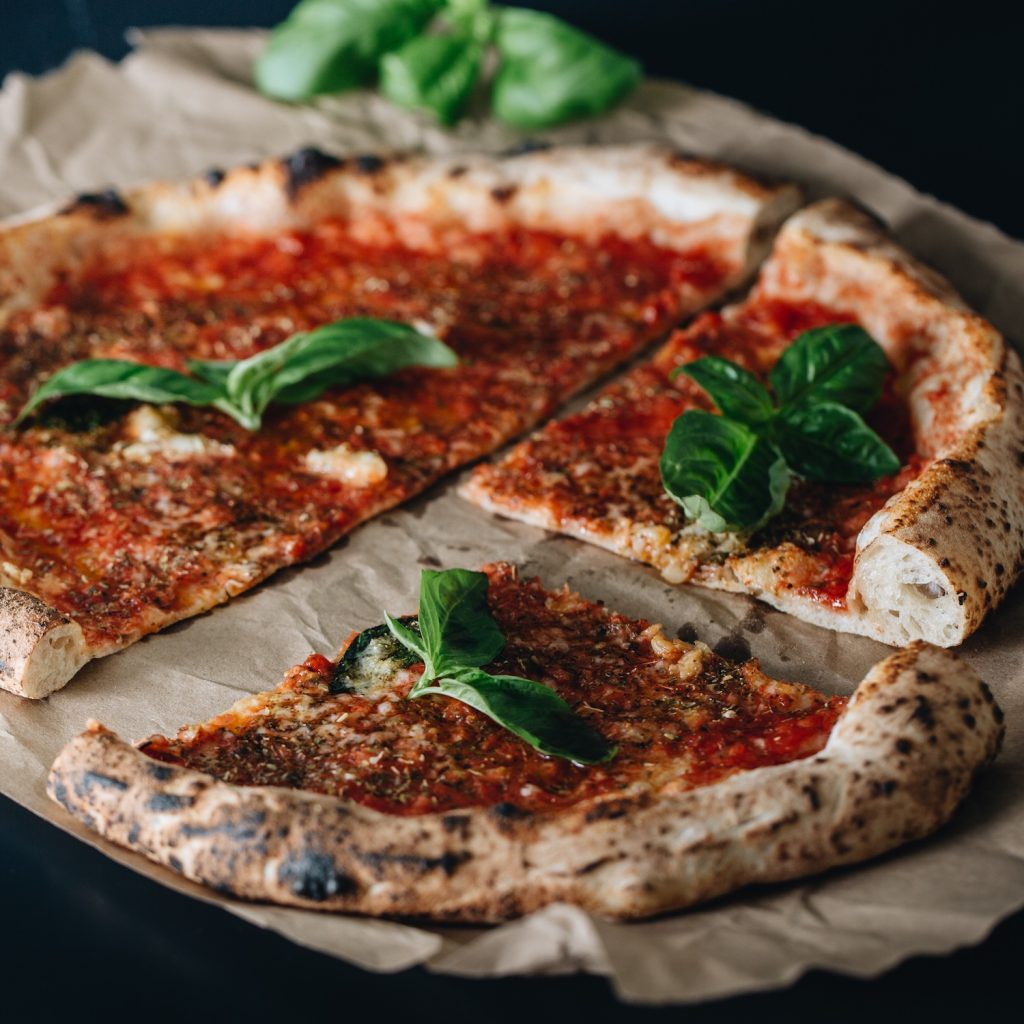
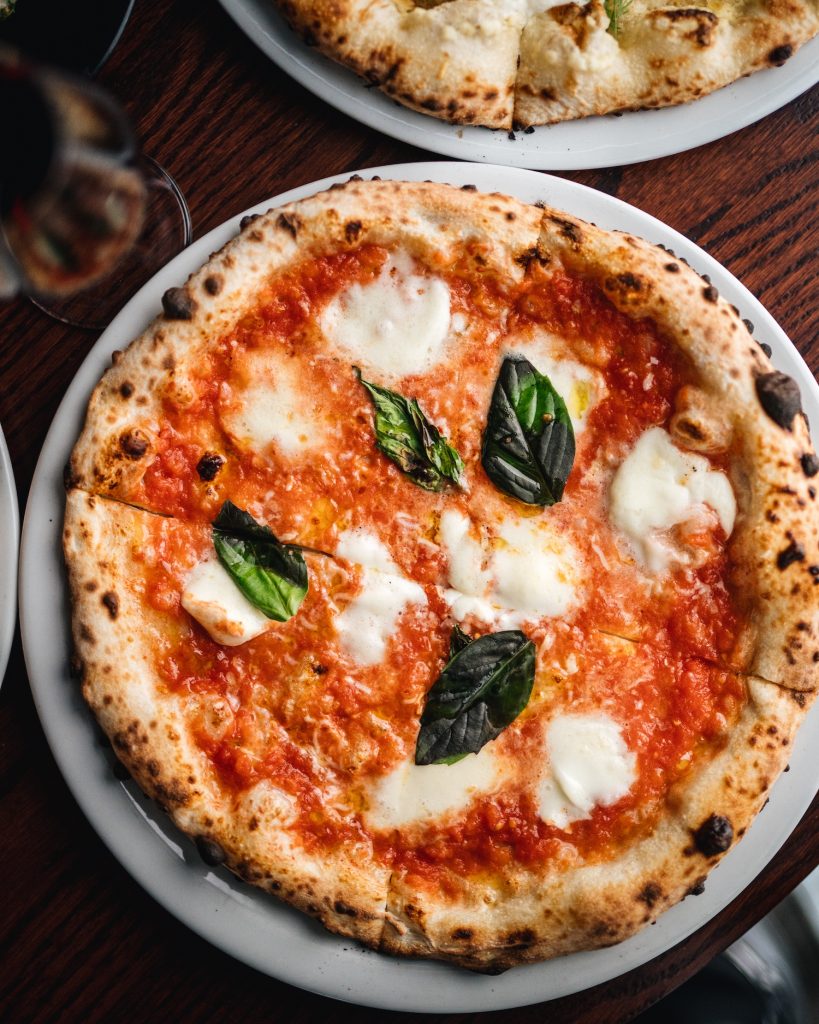
Pizza Napoletana has 63–65% hydration, is mixed directly, and ferments at room temp. It’s baked at 900°F for 90 seconds. The result is soft, elastic, and aromatic.
Pizza al taglio has 85% hydration, uses cold fermentation for 48–72 hours, and is baked longer. It’s crisp, airy, and reheats well. Both are amazing, but totally different.
(24:07) What does the name No. 900 mean, and where is the brand today?
We have 31 locations in Quebec, one in Ontario, and two in Lyon, France. Someone from France visited and loved our concept. Now we’re looking at more European expansion.
(26:29) You recently won the International Pizza Competition. What did that mean?
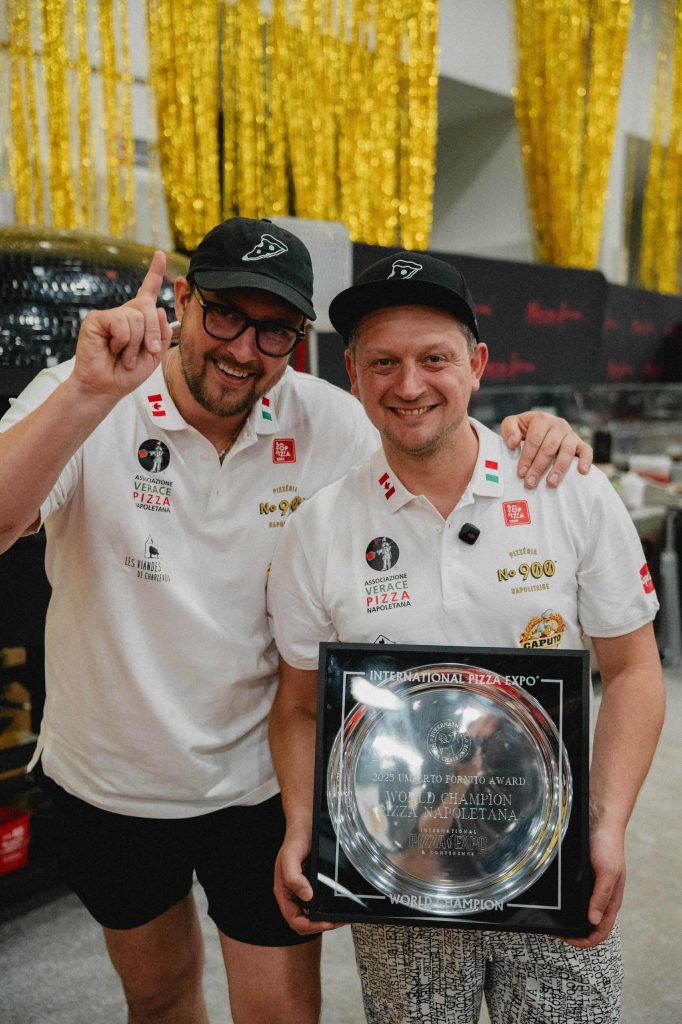
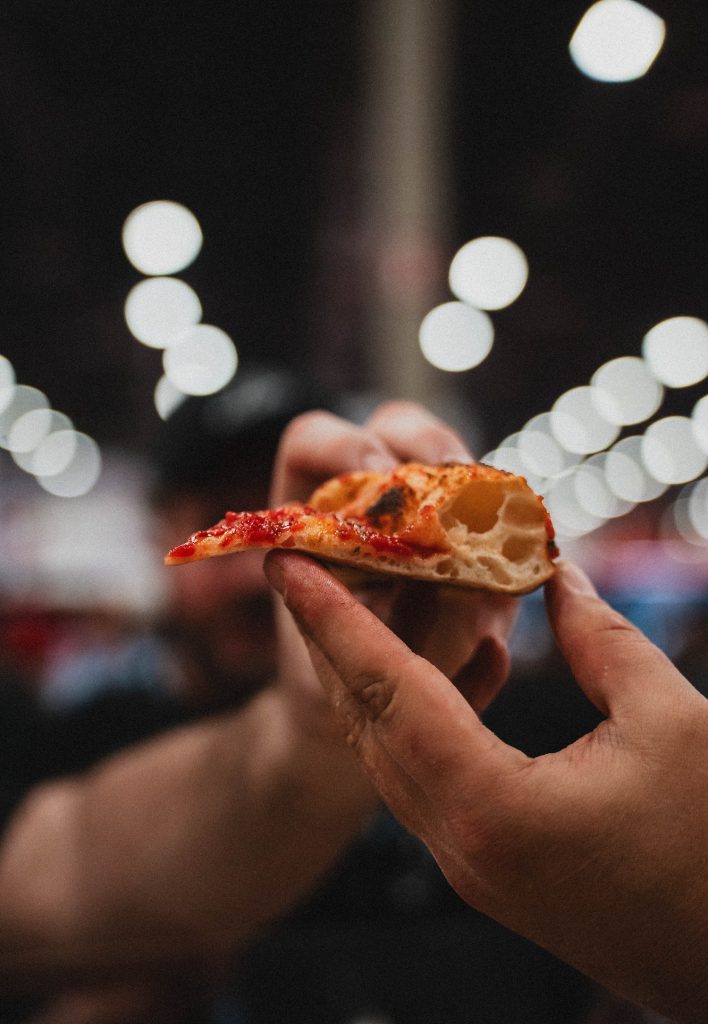
I won in the Pizza Napoletana category in Las Vegas. That competition has become one of the most competitive in the world. When I first competed in 2017, there were only 30 entries in that category. This year, there were 120. About half of the competitors now come directly from Campania—the Napoli region—where Neapolitan pizza was born. So it’s a real challenge and an honor to win among such skilled pizzaioli. This year, it had 120.
The marinara pizza is hard—no cheese to hide mistakes. It’s just tomato sauce, garlic, oregano, and olive oil. That’s why I joke:
[Note: NO.900’s R&D chef Fiodar Huminski earned third place in the Traditional American Pizza category.]“Make marinara great again.”
(32:33) What does Canada mean to you today?
I’ve never felt like an immigrant here. Canada gave me everything—a job, a family, the chance to teach. I go to Italy a few times a year, but Montreal is home.
“Canada gave me a family, my amazing job, and the chance to teach and share my passion and my knowledge. I love it, and love to be here.”
I even like the winters! Growing up near the Alps, so snow feels natural to me. Canada is an amazing country, and Montreal is a lot more European than Toronto. Let’s say for me, it’s like being in Europe.
(36:41) What’s next for you and No. 900?
We’re opening an AVPN-certified school in Montreal. Classes will be five days, with only four students at a time. Two ovens. One stretches, one cooks, then switch. I want to be hands-on.
We’ll even offer the course for free if students commit to working with us for two years. It’s about sharing knowledge, not just recipes.
“The most important thing is to offer the best product that we can… with passion and love for the people that work behind the products.”
(42:27) What do you miss about Italy, and what do you miss about Canada when you’re away?
[From Italy] the sea, the weather, the fruit and vegetables. The regional food traditions. Every city has something new. [From Canada] my family, of course. But also the organization, the cleanliness, and the nature. In Italy, I visit history. Here, I experience nature. Both are beautiful.The Canadian Dream—Italian Style
To learn more about Mirko’s award-winning pizza and philosophy, visit no900.com.
Follow: @no900pizza and @mirkodata on Instagram.
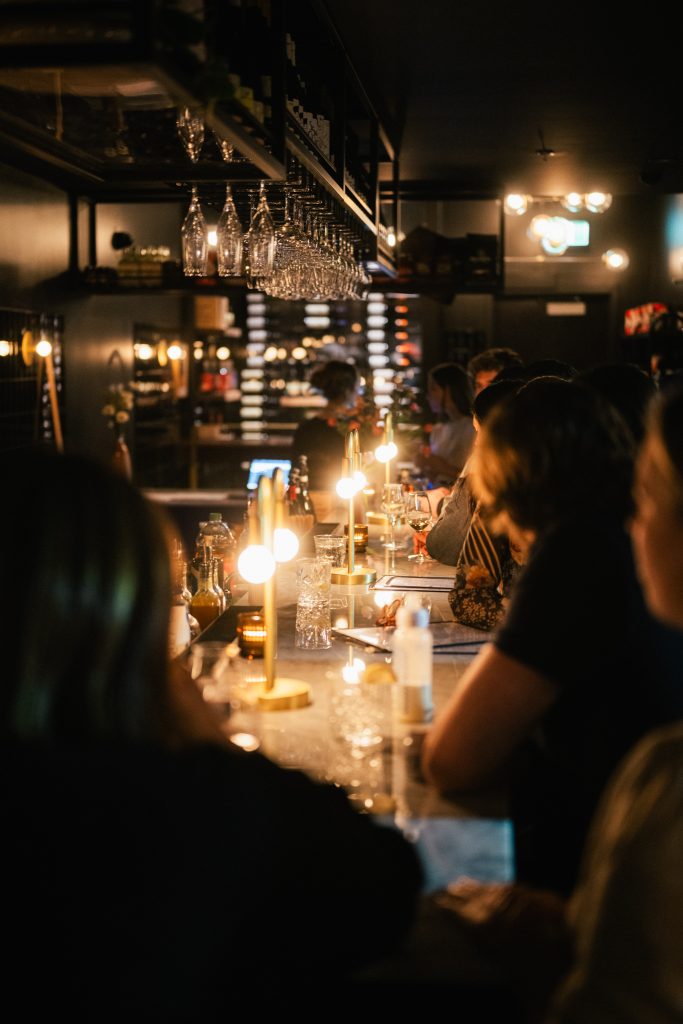
Mirko’s journey is a clear reflection of what we’re calling the Canadian Dream: a story of passion, opportunity, and belonging.
As we continue this series for Italian Heritage Month, read our companion interview with Chef Daniele Corona—another inspiring Italian whose culinary journey has taken root in Canada.And don’t forget to catch the full interview on Italy Answered, Live in Italy Magazine’s podcast—available on Spotify and Apple Podcasts.


